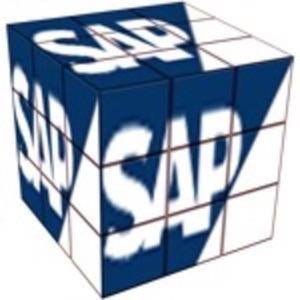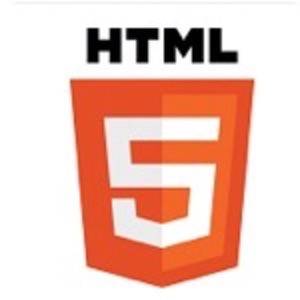One of the largest software companies in the world just made a series of moves that could make it one of the most powerful enterprise mobile developers in the world. Hidden within SAP’s Hana database platform announcement yesterday was the fact that the company signed three strategic partnerships with leading U.S. mobile development firms, signaling what could be a huge shift in the balance of power in the race for enterprise mobile dollars.

In addition to purchasing mobile business development firm Syclo, SAP also announced partnerships with Appcelerator, Adobe and Sencha to create any type of mobile presence that an enterprise might wish. From native to hybrid apps or mobile websites, SAP may have put itself in position to be the end-to-end development platform that enterprises are looking for.
HTML5 in the Enterprise
Enterprise mobile development is different from its consumer counterparts. The objectives of enterprise apps often have less to do with mobile device performance and more to do with functionality. Consumer app development often centers on games and location, testing how well an app can perform within the bounds of a mobile device’s hardware. While location is an increasingly important feature for many enterprises, communication, data management and collaboration are the real drivers in enterprise mobility.
In this type of environment, strict native applications are not always the most cost-efficient solution. Native development is often more expensive for enterprises because it involves developing for several platforms with unique characteristics. In talking with providers of several development platforms, they said they often see Fortune 500 teams that employ one developer (or a small team) that is tasked to create all of the company’s native apps. That includes both public-facing apps and apps for internal use. While it is nice to have a mobile development guru on staff that can create an app for iOS, Android, BlackBerry and Windows Phone, those types of people are hard to find and may not be attracted to enterprise development work.
What is more commonplace – especially in the enterprise world – is to find developers with Web development skills. They are more familiar with HTML, Java, JavaScript and CSS than they are with C++, C# or Objective-C. With HTML5, developers can work with Web standards to create cross-platform mobile apps that will take care of almost any need that an enterprise will need, either internally or externally, for a fraction of the price rather than creating and maintaining separate native applications.
This is where Sencha, Appcelerator and Adobe come in. These are three companies that probably would not work too closely with each other on an individual basis, but put them together with SAP’s guidance and platform, and a powerful framework begins to take shape.
Three Companies, Three Strengths
Adobe, Sencha and Appcelerator need no introduction at ReadWriteMobile. Adobe’s PhoneGap (acquired with Nitobi), Sencha Touch and the Titanium SDK from Appcelerator are three of the leading services and frameworks for application development. Between the three, they boast more than a million developers who use the platforms and enable any type of mobile development that can be dreamt of.

Sencha Touch is one of the leading HTML5 development frameworks and can create hybrid apps for both iOS and Android. It is not the simplest framework on the market, but it is one of the most robust, especially after the release of Touch 2 last month. Simple and powerful, PhoneGap is the single service that started the “hybrid app” development model that has been copied by many other companies, Sencha included, (Conduit and BrightCove being a couple others). The Titanium SDK from Appcelerator leverages JavaScript, HTML5 and CSS to create native apps with Web-based software. The three platforms have overlapping functionality but put together under SAP’s umbrella, they form an environment that cannot be found elsewhere.
“To create innovative mobile apps, every company must leverage the creativity and capabilities of in-house developers and millions of developers in the wider mobile ecosystem,” said Sanjay Poonen, SAP’s president of Global Solutions in a press release. “With our ‘Mobile 2.0’ strategy, we are opening up our unified platform to capture all the innovation that is possible in the mobile world. This advances our vision to bring consumer grade usability and innovation to unwired businesses.”
While many tech pundits are talking about how SAP is going after Oracle with its Hana real-time data platform, the company’s mobile suite has different competitors in mind. IBM has been making a push in the last six months to be the de facto platform for mobile development, creating partnerships with a variety of companies and startups in much the same way that SAP just has. Both companies understand that it is not enough to just create their own tools – that they need to reach into the ecosystem and pull in developers that are loyal to certain frameworks.
SAP is likely not done making deals. The Syclo acquisition and partnerships with Sencha, Adobe and Appcelerator may just be the tip of the iceberg. A CEO from a prominent startup that provides mobile services told ReadWriteMobile that it has had talks with SAP as well, either for a strategic partnership or outright acquisition. There are several more startups in the mobile arena that are ripe for SAP to pluck, including organizations that specialize in “backend as a service,” analytics, push messaging, engagement and app testing.
SAP has made a good start to be the> end-to-end solution for mobile enterprise development, but it could go much further. As one of the biggest software and infrastructure companies in the world, it has the resources to make an even bigger splash.









